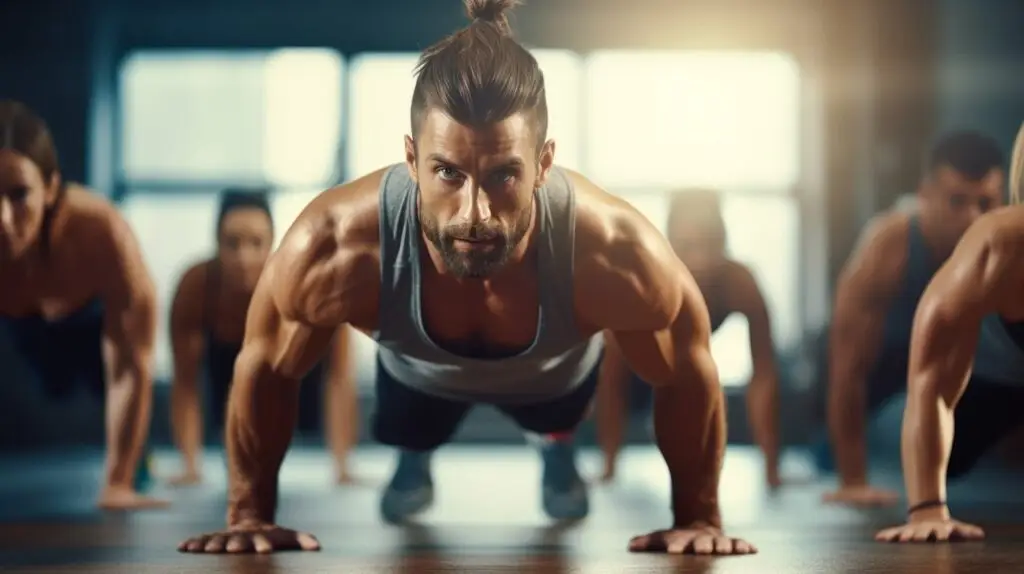Which Cardio Exercise is Better: Low Vs. High Intensity?

Many individuals have pondered over the question: “Which cardio exercise is better for burning fat,” low-intensity (LIT) or high-intensity (HIT) exercises.
While both low-intensity (LIT) and high-intensity (HIT) exercises contribute to fat loss, the effectiveness of each varies based on several factors.
But first ask yourself these two question:
‘Why do I need to do cardio?’ Get fit or lose weight?
Do I have lot’s of energy or is my body a little run down?
These are very important questions because, if you have lots of energy, for example, and you want to get fit then cardio is the right way to go. But if you have a low level of energy but want to lose weight, then HIT exercise is the way to go for you.
For a bodybuilder, HIT would suit their needs better because they don’t want to be burning off any muscle gains.
To find out more let’s delve deeper into the nuances of these two types of cardiovascular workouts.
Scientific research has shown that during high-intensity exercise, our bodies primarily burn glycogen, a form of stored carbohydrates found in our liver and muscles. Glycogen serves as a quick energy source for intense physical activity.
In contrast, during low-intensity exercise, such as walking or swimming, the body tends to burn a greater proportion of fat. Having said that, you need to keep in mind that this doesn’t necessary translate into better fat loss outcomes.
One might question the effectiveness of low-intensity training when observing a significant number of overweight individuals who engage in such activities. Despite participating in low-intensity routines, many still struggle with excess body weight.
This observation raises important questions regarding the efficiency of such exercises. Indeed, while low-intensity workouts may be effective at burning fat during the session, they often fall short in overall caloric expenditure.
On the other hand, high-intensity workouts, like running, or cycling, for example, ignite a higher calorie burn, even if a portion of those calories comes from glycogen reserves. The beauty of HIT, and this is what you should make a note of, lies in its ability to boost metabolism post-exercise.
This phenomenon, known as excess post-exercise oxygen consumption (EPOC), can lead to continued fat burning for hours after the workout as finished, even during periods of rest, such as sleep.
This metabolic after-burn effect is significantly more pronounced in high-intensity training compared to low-intensity aerobic exercises.
To maximise calorie burn through cardio, consider integrating high-intensity interval training (HIIT) into your routine. For example, you can alternate between walking for five minutes and jogging for the following five, followed by brisk walking to recover your breath.
Then, push yourself into a sprint for a minute before returning to a walking pace. Repeat this cycle for about 15 minutes. The flexibility of HIIT allows for continual elevation of your heart rate, optimising fat loss and overall cardiovascular fitness.
One of the most beneficial aspects of regular cardio exercise is the increase in energy levels that participants often experience. While calorie burning is crucial, sustaining high energy levels throughout the day is equally important for productivity and well-being.
For newcomers, it’s vital to approach cardio gradually to avoid overexertion and injury.
Whether you’re drawn to the slow and steady nature of low-intensity workouts or the fast-paced challenge of high-intensity training, both have their unique benefits. However, if you’re aiming for optimal fat loss and increased metabolic efficiency, high-intensity cardio may be the more effective choice.
In conclusion:
Remember that maintaining a consistent cardio routine can significantly enhance your fitness journey. So, if you haven’t yet embraced cardio, HIT or LIT into your exercise regimen, now is an excellent time to start! Find what you enjoy, start slow, and gradually increase your intensity for the best results.
I hope you enjoyed this post, for more information click this link… LIT Vs HIT Exercise
